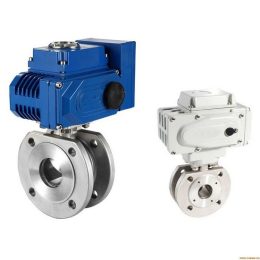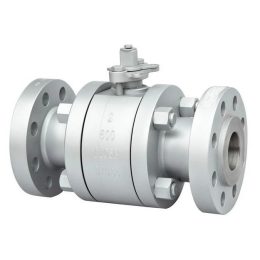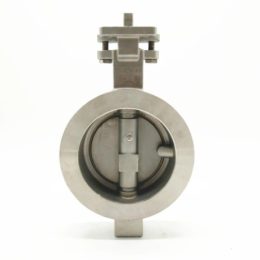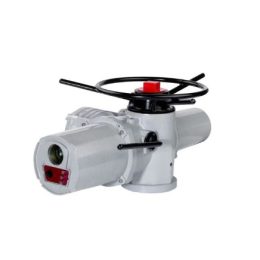Segment Ball Valve: Applications and Advantages in Fluid and Gas Control Industries

In industries where fluids or gases need to be controlled, valves are essential components. A segment ball valve is one such valve that is widely used in various industries. In this article, we will discuss what a segment ball valve is, its applications, how it works, and its advantages and disadvantages.
What is a Segment Ball Valve?
A segment ball valve is a type of single-seated trunnion-mounted ball valve that has an adjustable ratio of 100:1. Its flow characteristics are equal, and the valve has a shearing effect between the V-shaped cut in the seat and the metal valve seat. It is ideal for fluids containing fibers or slurries.
Applications of Segment Ball Valves Segment ball valves are widely used in various industries, including paper and pulp industries, petroleum refineries, petrochemical services, water treatment, food products, pharmaceuticals, and gas. These valves are known for their high reliability and durability, and they can be used to control the flow of various materials.
How Does a Segment Ball Valve Work?
Segment ball valves have a V-shaped portion that houses its internal components. These components are made from rigid and hard materials, and they are also made with thermoplastic-lined metallic materials. They also have seats, which provide sealing between the segmented ball and the body, and are useful in industries where harsh conditions can damage other types of valves.
A segment ball valve is a quarter-turn valve that works like an eccentric plug valve. The driving shaft connects to one side of the ball, and the follower shaft connects to the other side. When the shaft rotates, the ball rotates and starts the flow along the V-notch. As the handle is moved in the opposite direction, the ball rotates again to stop the flow.
Advantages of Segment Ball Valves
Segment ball valves have several advantages over other types of valves. They are lightweight and easy to install, making them ideal for high-pressure applications. They are also highly resistant to slurries and have a long lifespan. The shearing effect between the V-shaped cut in the seat and the metal valve seat helps to prevent clogging.
Disadvantages of Segment Ball Valves
Despite their many advantages, segment ball valves also have some disadvantages. They can be expensive compared to other types of valves, and their design may not be suitable for all applications. In some cases, they may also require frequent maintenance.
Conclusion Segment ball valves are essential components in various industries where fluids or gases need to be controlled. Their unique design and adjustable ratio make them ideal for applications that require precise control over the flow of materials. While they may have some disadvantages, their advantages make them a popular choice for many industries.
- Floating Ball Valve Structural Features
- Introduction of Anti-Corrosion Methods for Valve Parts
- What Are The Criteria For The Selection And Use Of Check Valve Manufacturers?
- High Performance Butterfly Valve
- Pneumatic Actuated Ball Valve: High-Speed Operation & Versatile Applications
- Electric Actuated Gate Valve



